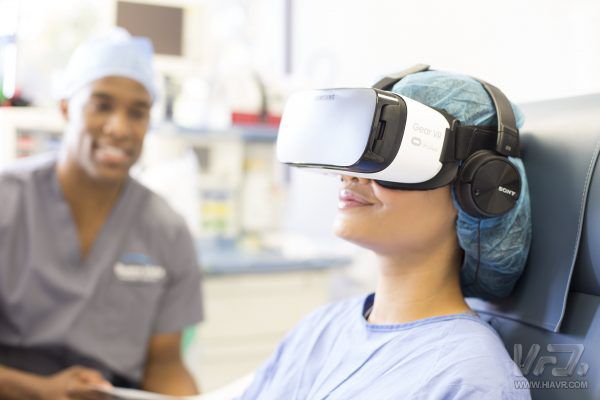Virtual Reality (VR) is rapidly emerging as one of the most promising technologies in the medical field. Major medical institutions around the world are actively exploring how VR can be integrated into healthcare to improve patient outcomes and treatment methods. A groundbreaking study led by Olaf Blanke, a neuroscientist at EPFL in Switzerland, has demonstrated that VR can be used to create powerful illusions that help reduce phantom limb pain in amputees. By using a combination of visual and tactile feedback, the team was able to trick the brain into perceiving sensations on the missing limb, offering real relief from chronic pain. Blanke explained, “We created an illusion where patients felt their amputated legs being gently tapped, even though we were actually tapping their backs. Many patients reported that this technique significantly reduced their pain.†This method works by engaging both visual and sensory inputs, making the brain believe that the artificial limb is part of the body. Phantom limb pain often occurs after spinal cord injuries or amputations, and it can be difficult to treat with traditional medications. However, VR technology offers a new, non-invasive approach that could change the way these conditions are managed. Polana Po, a neuroscientist from the University of Lausanne and a collaborator on the study, added, “By tapping the patient’s back near the shoulder while simultaneously showing them a virtual leg being hit through the VR headset, we’re able to create a convincing illusion. The brain starts to interpret the sensation as coming from the missing limb, which helps reduce pain.†The experimental setup included prosthetic legs, a camera, a VR headset, and two sticks for tapping. As the camera captured the movement of the prosthetic legs, the video was sent in real time to the VR display. Patients wearing the headset saw their virtual legs from above, creating the illusion that they were looking down at their own limbs. While the researchers tapped the patient’s back with one stick, they also tapped the prosthetic leg with the other, combining visual and tactile signals to enhance the illusion. Blanke noted, “It usually takes about a minute or more for the illusion to fully take effect. Because the visual input dominates the tactile perception, the brain begins to associate the sensation on the back with the missing limb.†This kind of multisensory integration is key to the success of the therapy. This research marks a significant step forward in applying VR technology to real-world medical treatments. It not only opens up new possibilities for managing chronic pain but also shows potential for manipulating brain activity during internal medicine treatments to better understand and address the root causes of illness. With its wide-ranging applications, VR is transforming many aspects of daily life, and the medical field is no exception. Researchers are now developing immersive therapies that engage both vision and touch, aiming to provide more effective and accessible care. In the future, patients may be able to use these therapies at home, making pain management more convenient and personalized. This article is originally written by VR Net. Please credit VR Net and include a link back if you share it. Drilling Mud Pump,Oil Mud Pump for Drilling,Oilfield Mud Pump,Oil Mud Pump Jinan Guohua Green Power Equipment Co.,Ltd. , https://www.guohuagenerator.com

